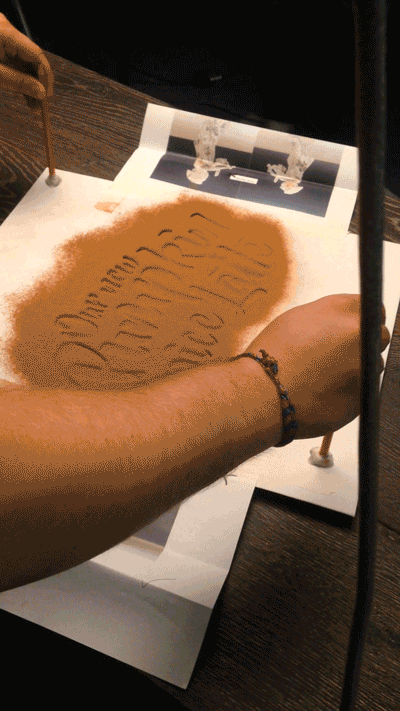Resemblance is a funny thing (previous post here). Like the notion that cars have faces (here). Or the dog with a human face that has taken the internet by storm (here). Sort of along those lines, British photographer (and animal lover) Gerrard Gethings recently completed a series where he paired dogs and humans, and we absolutely love it. This series is so fun, in fact, that the concept actually derived from a commission by British publisher Laurence King Publishing for this brilliant little matching game (available here). Make no mistake, this was not an easy task. According to Gethings (and he would know based on his impressive portfolio), “taking pictures of animals is tricky in almost every way. I have never met one with even the slightest interest in photography.” Fortunately, we have a strong interest in this terrific and endearing series.
Via gerrardgethings.com and Instagram

















































































































































